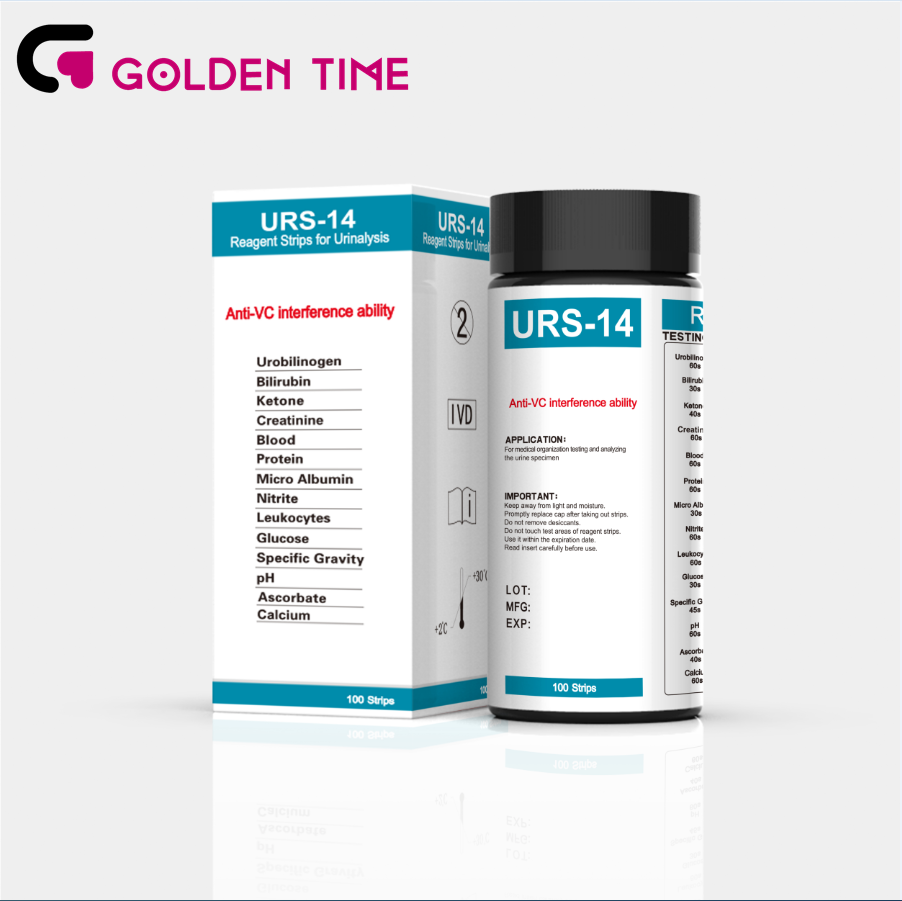დეკ . 12, 2024 21:44 Back to list
Packaging Solutions for Rapid Diagnostic Test Kits Enhancing Usability and Efficiency
The Importance of Packaging in Rapid Diagnostic Test Kits
In the realm of healthcare, rapid diagnostic test kits have emerged as invaluable tools for swift disease detection and management. These tests provide timely results, which are critical in various scenarios, from managing infectious diseases to monitoring chronic conditions. However, the efficacy of these kits is only partially determined by the technology and reagents within them; equally important is their packaging. The packaging of rapid diagnostic test kits plays a crucial role in ensuring the integrity, usability, and market success of the product.
Protection and Preservation
One of the primary functions of packaging is to protect the contents from environmental factors that could compromise their effectiveness. Rapid diagnostic tests often include sensitive reagents that can be adversely affected by moisture, light, and temperature fluctuations. Therefore, the design of the packaging must provide a barrier against these elements. For instance, vacuum sealing, foil pouches, and specialized desiccants are commonly employed to inhibit moisture absorption and prevent degradation.
Moreover, packaging must safeguard against physical damage during transportation and handling. Test kits often contain fragile components, such as glass vials or small plastic pieces, which can easily break if not adequately protected. Designing robust packaging that can withstand impact and pressure is, therefore, essential for maintaining product integrity from the manufacturer to the end-user.
User-Friendliness
In addition to protection, the packaging of rapid diagnostic test kits must prioritize user-friendliness
. These tests are often used in diverse settings outside of traditional healthcare environments, such as homes, community health centers, and emergency situations. Consequently, clear and intuitive packaging is crucial to ensure that users can easily understand how to perform the test.Instructional design plays a significant role here. Packaging should incorporate straightforward instructions, accessible visuals, and even QR codes linking to video tutorials. Moreover, the inclusion of all necessary components—like test strips, reagents, and an instructional booklet—in a well-organized manner can significantly enhance the user experience. The ease of use not only improves customer satisfaction but also aids in reducing the likelihood of user error, which is particularly important for tests requiring precise results.
rapid diagnostic test kit packaging

Regulatory Compliance
Any product intended for medical use must adhere to strict regulatory standards, including packaging requirements. The packaging of rapid diagnostic test kits must comply with guidelines set by regulatory bodies such as the FDA or CE marking in Europe. This includes ensuring that materials are safe, suitable for medical purposes, and that labeling is clear and accurate.
Compliance also extends to the traceability of the product. Packaging often includes barcodes or RFID tags that facilitate inventory management and tracking through the supply chain, ensuring that health professionals and consumers receive legitimate products. This transparency is vital in maintaining trust, especially in a market susceptible to counterfeit products.
Environmental Considerations
As awareness of environmental issues increases, the demand for sustainable packaging solutions is growing. The packaging of rapid diagnostic test kits is no exception. Manufacturers are increasingly exploring recyclable and biodegradable materials to reduce their ecological footprint. This transition not only aligns with global sustainability goals but can also be a compelling selling point for eco-conscious consumers.
Innovations in materials science have made it possible to create effective protective packaging that is also environmentally friendly. For instance, bioplastics derived from renewable resources can offer similar protective qualities as traditional plastics without the negative environmental impact. By adopting sustainable practices, companies can contribute to environmental conservation while meeting the needs of modern consumers.
Conclusion
In conclusion, the packaging of rapid diagnostic test kits is a multifaceted aspect of product development that significantly affects usability, compliance, and sustainability. As the demand for rapid diagnostics continues to rise, the importance of thoughtful packaging will become even more pronounced. Manufacturers must prioritize innovative and protective designs while considering user experience and environmental impact. By doing so, they enhance not only the safety and effectiveness of their products but also their marketability in an increasingly competitive landscape. Ultimately, superior packaging can make a crucial difference in the health outcomes enabled by these vital diagnostic tools, ensuring that they fulfill their essential role in modern healthcare.
-
Dengue NS1 Rapid Diagnostic Test Kit
NewsMar.07,2025
-
Dengue NS1 Rapid Diagnostic Test Kit
NewsMar.07,2025
-
Dengue NS1 Rapid Diagnostic Test Kit
NewsMar.07,2025
-
Transferrin Rapid Test Cassette Tumor Marker TF Card
NewsMar.07,2025
-
Malaria Pf Pan Rapid Diagnostic Test Kit
NewsMar.07,2025
-
malaria pf / pan ag rapid test
NewsMar.07,2025

